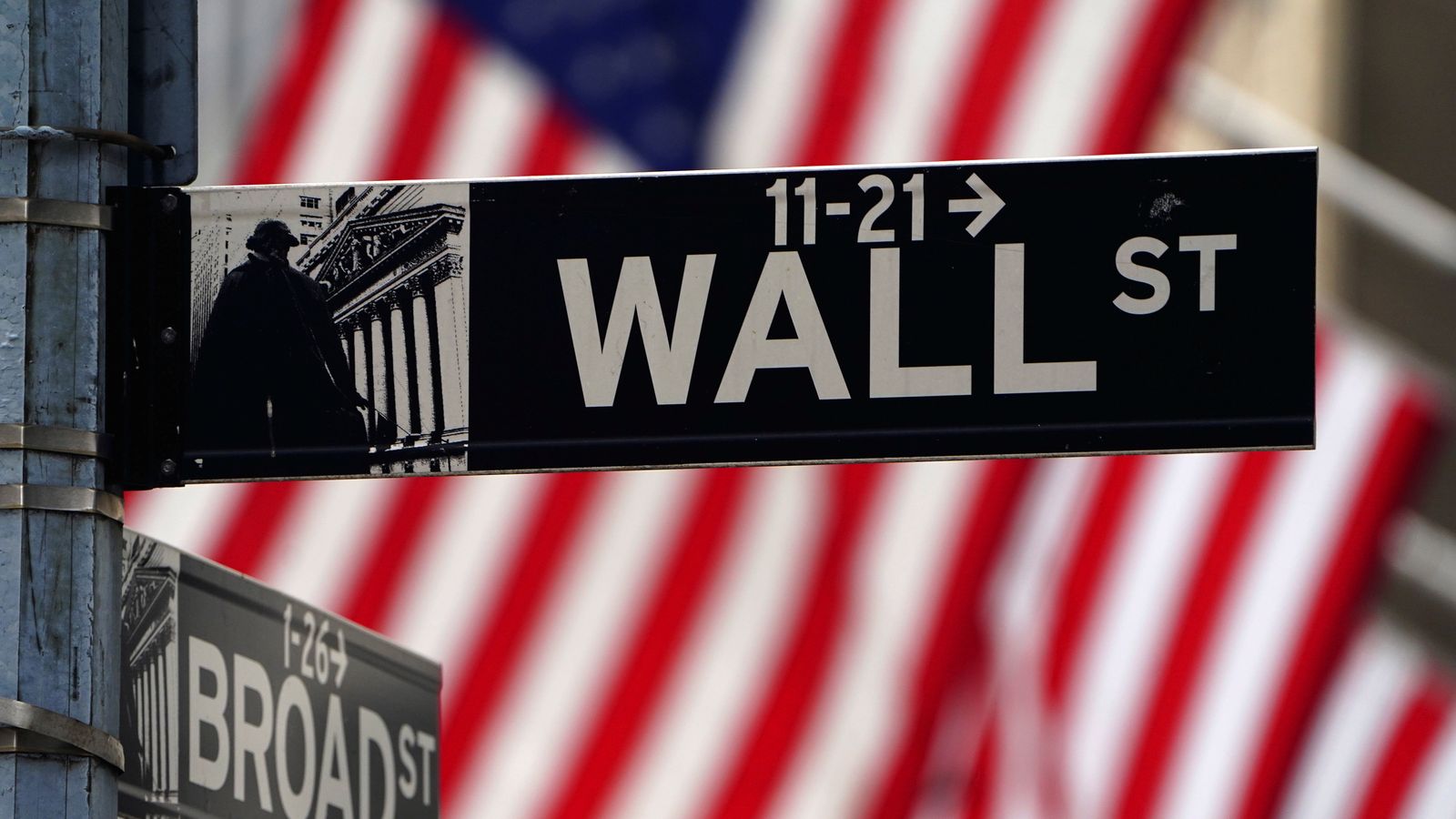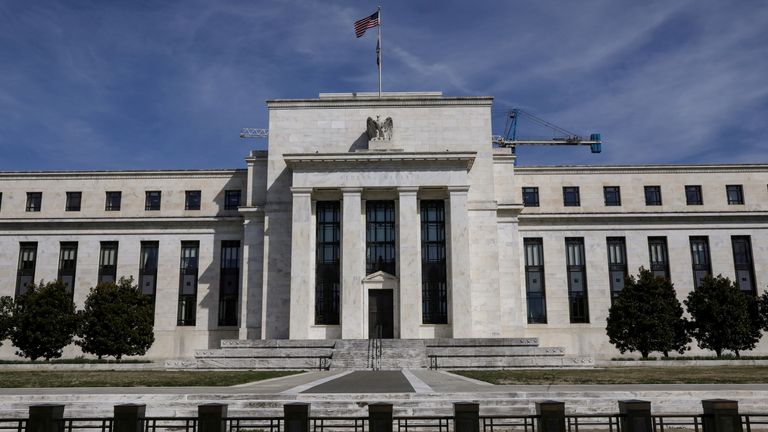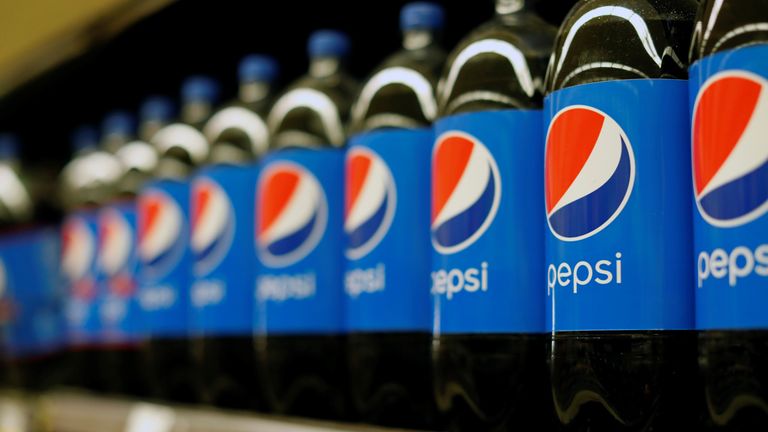Monday night saw the three main US stock indices – the S&P 500, the Nasdaq and the Dow Jones Industrial Average – close at fresh all-time highs for the second successive session.
For the most important and broad-based of these, the S&P 500, it was the 39th time this year it has done so.
It has now risen by 16.75% so far in 2021.
In terms of its valuation, the S&P 500 is now trading at 22 times its expected earnings for the next 12 months, the price/earnings ratio being a key valuation metric used by investors.
That is higher than the average of 18 times seen during the last five years – suggesting that investors are optimistic about the ability of those companies in the S&P 500 to increase their earnings during the next year by more than they have, on average, during the last five years.
Such optimism is based on the fact that, as economies reopen after the pandemic, corporate earnings will rebound smartly.
The valuation also reflects the view that, with US interest rates close to zero and bonds offering little in the way of income either, equity markets are deemed by investors to be an attractive place to put your money to work right now.
Yet those assumptions are about to be tested with the start, this week, of earnings season.
A clutch of well-known US blue-chip companies, including PepsiCo, Delta Airlines and United Health are among those updating the market but, as ever, the reporting season will be led by the big banks, including JP Morgan Chase, Goldman Sachs, Morgan Stanley, Bank of America, Wells Fargo and Citigroup.
These updates will be crucial in terms of providing investors with insights into whether the US economy is indeed seeing the earnings recovery expected.
And expectations are running high. S&P 500 companies are expected to report earnings for the second quarter of the year – April, May and June – up 64%, on average, on the same three months last year.
That would be the best quarterly earnings growth, on a year-on-year basis, since the final three months of 2009 – when the US economy was emerging from the global financial crisis.
Plenty of scope for disappointment, then?
Not necessarily, according to Sean Darby, global equity strategist at the investment bank Jefferies.
He told Sky News: “There is [scope for disappointment] but we’ve had a really strong post-pandemic earnings cycle.
“I think the bears have been fully flushed out given the very, very strong upside surprises that have occurred over the past three reporting seasons.
“Corporate pricing power has been extraordinarily strong and also the breadth of the earnings recovery – because it’s not just the large-cap FAANG stocks [Facebook, Apple, Amazon, Netflix and Google’s parent Alphabet] but just about every sector seeing an earnings revival.”
Mr Darby said if there was anything that might weigh on stocks during the coming reporting season, it would be any sign that company margins were being eroded, for example by an inability to pass on higher costs to customers.
This was something that one of the first companies updating investors today was keen to stress was not hurting it.
PepsiCo, which as well as the eponymous fizzy drink also owns the cereal and snacks producer Quaker Oats, got things off to a reasonably good start, reporting sales for the quarter of $19.22bn (£13.91bn), significantly better than the $17.96bn (£13bn) Wall Street had been expecting.
Its drink sales in schools, sports stadiums and restaurants in North America more than doubled during the quarter, reflecting the reopening.
The company, generally regarded by analysts as being conservative in its forecasting, expects sales for the year as a whole to be up by 6%.
Hugh Johnston, chief financial officer at PepsiCo, said the company felt “good about the way the business is performing right now” and was benefiting from steps taken during the pandemic.
He told CNBC: “I think it’s a reflection partially of [the reopening of the US economy] but the business is gaining market share.”
Mr Johnston cited the launch of the energy drink Mountain Dew Rise, which he said was trading better than expected, as were sales of Tropicana and the flagship Pepsi brand, while Quaker’s sales were likely to be between 8-9% higher than they were on the comparable period in 2019, pre-dating the pandemic.
He admitted that, while the company was seeing challenges such as higher inflation, labour shortages and supply chain bottlenecks, due to the pandemic, he was confident PepsiCo would be able to trade through this partly because investment in its brands would ensure a degree of loyalty among customers.
Pepsi’s insights are reasonably helpful in trying to divine what is going on in terms of consumer spending.
But for a broader view of what is going on in the economy as a whole – chiefly in the US but also, in some cases, further afield – the banks offer a better barometer.
Banks are, in essence, a measure of the economies in which they operate and, when those economies do well, so do bank profits.
Here, the signs today were positive, with JP Morgan Chase – America’s biggest bank – reporting a profit for the second quarter of $11.95bn (£8.65bn).
That was more than double the $4.69bn (£3.39bn) it made during the pandemic-afflicted second quarter of last year and was significantly better than Wall Street had expected.
That partly reflects releases in reserves that were set aside at the height of the pandemic to cover potential loan losses which, in the case of JP Morgan Chase, boosted profits to the tune of $3bn (£2.17bn) in the latest quarter.
But there may be concerns that in its corporate and investment banking arms, which were kept busy a year ago by the need of corporate clients to raise money, revenues were down 19% year on year.
As important, quite often, are the commentaries from the banks on these occasions.
One line in the statement from Jamie Dimon, JP Morgan’s chief executive, which caught this eye in this respect was this: “In the first half of 2021, we extended credit and raised $1.7trn in capital for businesses, institutional clients and US customers.”
In other words, demand for credit among US households and businesses was strong, an encouraging signal.
It was a similar story over at Goldman Sachs, whose sales during the second quarter came in at $15.39bn (£11.14bn), significantly better than the $12.17bn (£8.81bn) Wall Street had expected.
Profits of $5.35bn (£3.87bn) in the quarter were more than double the $2.25bn (£1.63bn) achieved in the same period last year, with a better than expected performance in asset management partly reflecting higher stock market values, but Goldman’s investment banking arm also fared better than anticipated.
There was, though, a word of caution as David Solomon, the chairman and chief executive, noted: “While the economic recovery is under way, our clients and communities still face challenges in overcoming the pandemic.”
So, a reasonably encouraging start to what is expected to be one of the strongest company earnings seasons on record, something that should come as a tonic to anyone with money invested in the US stock market – which is anyone with a pension scheme, with money in stocks and shares ISAs or in a life policy.
But watch out for any warnings from companies about inflation starting to bite.





